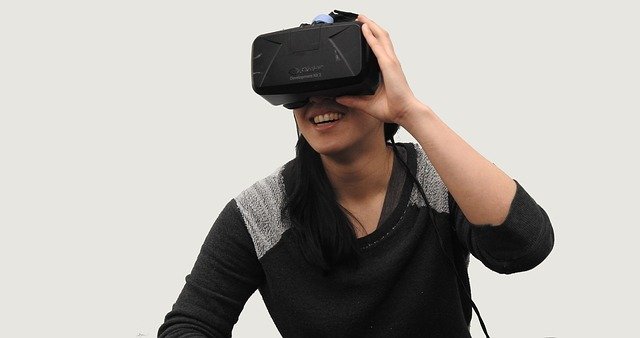2022 forecast: AR, VR poised to send medtech into the next dimension – FierceBiotech
Virtual reality headsets have been around for years, but for much of their history they have been largely confined to the realm of novelty accessories for high-tech gamers.
While VR and its even more immersive sibling, augmented reality, have been slowly trickling into the field of medicine in recent years, it wasn’t until 2021 that the dam broke and let loose a flood of AR and VR into the industry. The COVID-19 pandemic placed new value on going virtual, and the past year has marked a turning point with many of those far-fetched technologies finally becoming a true reality, backed by a deluge of venture capital funds and regulatory greenlights.
If 2021 was the year that immersive technologies finally found their footing in medtech, it stands to reason that 2022, in turn, will be the year that patients, providers and tech developers finally begin reaping the benefits of AR and VR.
The odds are good: A recent market research report estimated that between 2021 and 2026, the market for VR in healthcare will grow nearly 35% annually, swelling to more than $40 billion by the end of that time. That’s a far cry from the comparatively meager $2.7 billion space that VR carved out in medicine in 2020.
Reality check: Setting the stage for immersive tech’s takeover
Among the areas of medtech already experiencing major VR- and AR-induced changes is ophthalmology. Heru, a spinout from the University of Miami’s Bascom Palmer Eye Institute, spent the year riding that wave. After racking up $30 million in VC funding in May, it launched its re:Vive VR-based vision testing platform in August and had already begun rolling out the second-generation iteration of the platform by November.
The updated platform—accessible via commercially available headsets like those from Microsoft and Magic Leap—performs six tests, looking for color blindness, contrast sensitivity, visual field deficiencies and more. Even more tests are already in the works, including ones that use AR technology to identify the exact gaps in a patient’s field of view, allowing for hyper-personalized vision correction.
RELATED: Heru adds 3 more diagnostics to VR headset-based vision testing platform
Luminopia, meanwhile, snagged a de novo premarket approval from the FDA in October for its own vision-centric tool. Luminopia One delivers prescription-only treatment for lazy eye in kids—in the form of TV shows and movies viewed through a VR headset for an hour each day. The commercial rollout of the digital therapeutic is expected to begin by the second quarter of 2022.
Elsewhere in the realm of digital therapeutics, AppliedVR made history in November with the FDA’s first-ever OK for a …….
